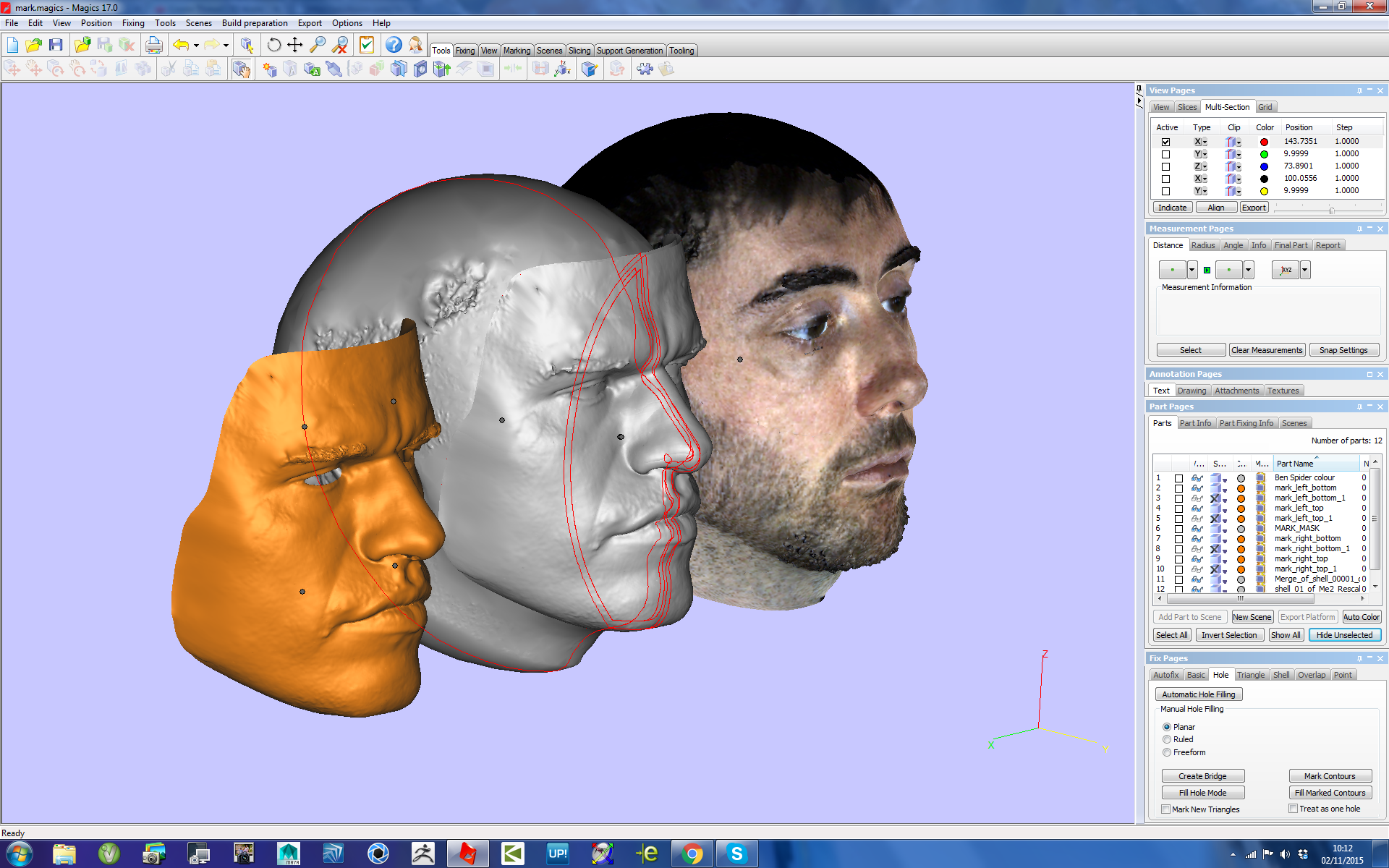Week 6: Advanced Animation Techniques
Character animation
Mask Animation
The masking effect or masking is a visual style, dramatic convention, and literary technique described by cartoonist Scott McCloud in his book Understanding Comics in the chapter on realism. It is the use of simplistic, archetypal, narrative characters, even if juxtaposed with detailed, photographic, verisimilar, spectacular backgrounds. This may function, McCloud infers, as a mask, a form of projective identification. His explanation is that a familiar and minimally detailed character allows for a stronger emotional connection and for viewers to identify more easily.
It is used in animation, comics, illustration, video games (especially visual novels) and other media. It is common in Western graphic novels and Japanese comics and animation. The psychology behind the masking effect has been extended to rendering antagonists in a realistic manner in order to show their otherness from the reader.
Source: https://en.wikipedia.org/wiki/Masking_(illustration)
Rotoscoping is an animation technique used by animators to trace over motion picture footage, frame by frame, when realistic action is required. Originally, photographed live-action movie images were projected onto a glass panel and re-drawn by an animator. This projection equipment is referred to as a Rotoscope. Although this device was eventually replaced by computers, the process is still referred to as Rotoscoping. In the visual effects industry, the term Rotoscoping refers to the technique of manually creating a matte for an element on a live-action plate so it may be composited over another background.
Source:https://en.wikipedia.org/wiki/Rotoscoping

No comments:
Post a Comment